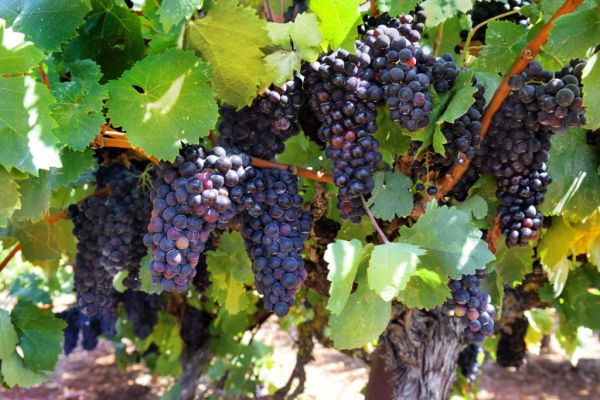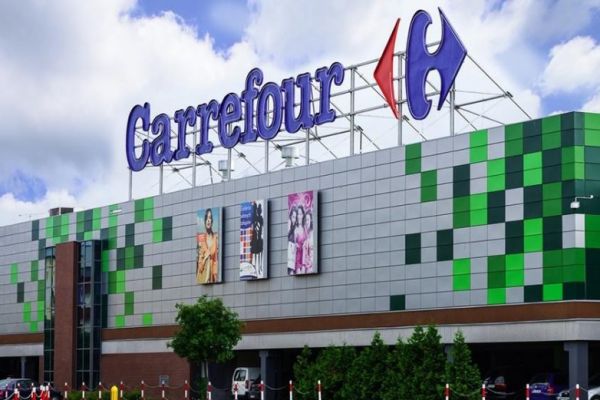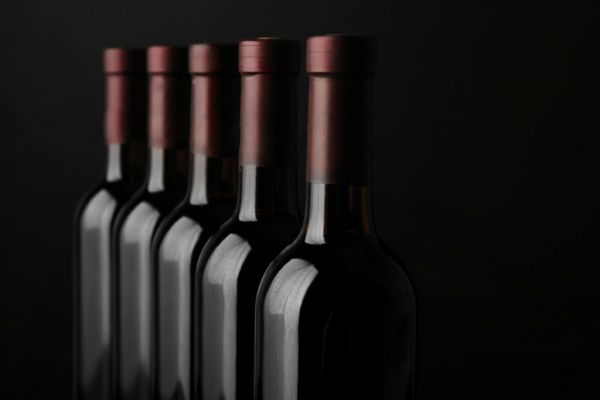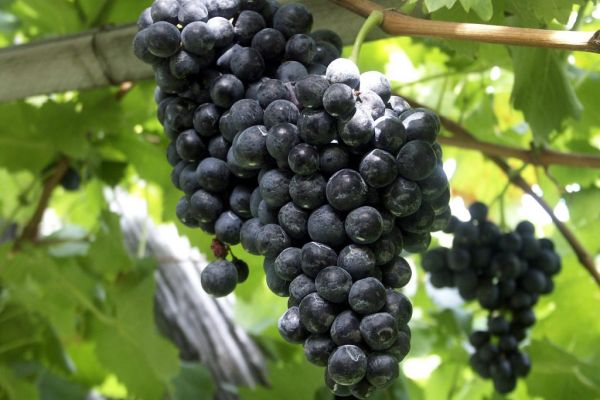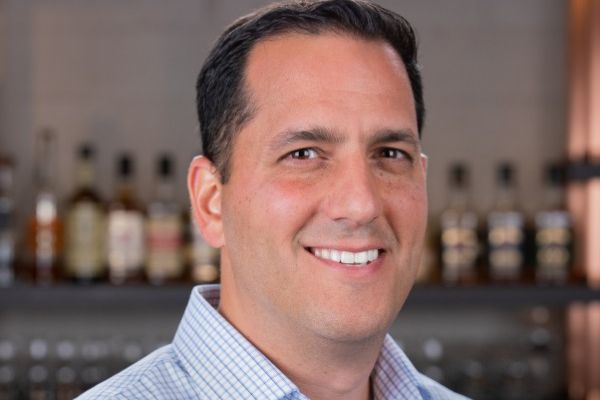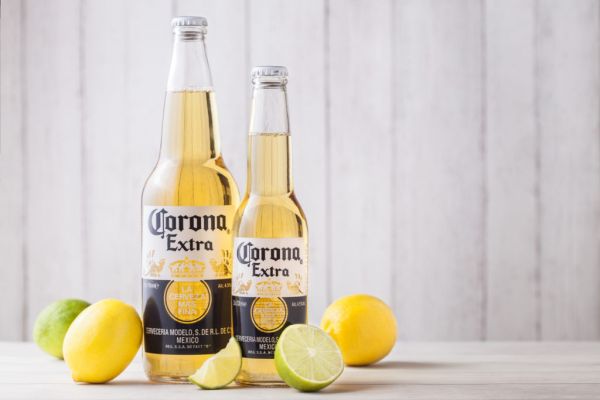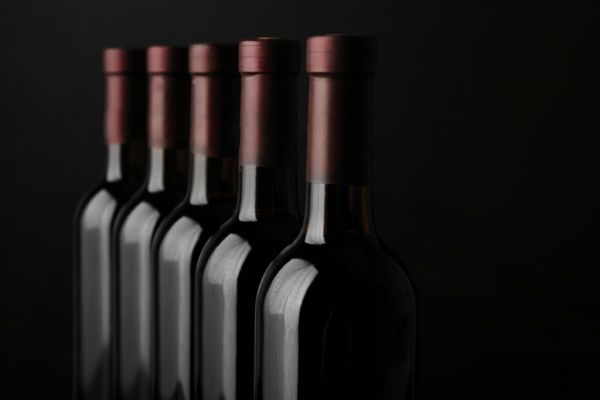Bordeaux winemakers harvested healthy, ripe grapes this year even after the worst frosts in a quarter-century hit vineyards in April and significantly reduced the amount available for bottling, according to vintners interviewed this month.
Chateau Angelus, a Saint Emilion estate whose bottles have been featured in James Bond films and top vintages sell for $500, indicated earlier this year that up to 20% of plots devoted to its main wine had been affected by frost. Now it estimates the drop in output at more like 15%.
The estate is “happy in terms of quality,” owner Stephanie de Bouard-Rivoal said by phone from Bordeaux. “We had very healthy conditions for the grapes. There is no comparison with ’15 or ’16,” a reference to the past two critically acclaimed vintages in the region, “but it may be close in style to 2014.”
Record Lows
Across the country, French winemakers will produce the smallest vintage in 60 years, with the spring frost in Bordeaux and elsewhere combining with summer storms causing rot in Champagne and drought shrivelling grape bunches further south.
While frosts reduce the quantity of grapes available for winemaking, they do not necessarily affect the quality of those that escape damage, and Bordeaux producers have noted that one of the most memorable vintages of the last century, 1945, was also badly hit by cold spring weather.
Production of the main Angelus wine, normally around 100,000 bottles, will this year be between 80,000 and 85,000 bottles, De Bouard-Rivoal said. “We consider ourselves as fairly lucky in this sad environment,” she said. “It’s important to put things in perspective.”
At Clos Fourtet, a vineyard on the edge of the medieval town of Saint Emilion, about 25% of the grapes were lost to frost, with small berries and lower-than-usual yields contributing to an overall decline of about 40% in volume produced, according to Matthieu Cuvelier, whose family owns the property.
Cuvelier, interviewed at a London tasting of the Union des Grands Crus de Bordeaux trade group, said 2017 was “a ripe vintage” with “a lot of freshness,” while describing it as “less concentrated than 2015 and 2016.”
Classed-Growth Estates
Over at Chateau La Gaffeliere, on lower-lying terrain below the town, output will be down about 30% but “quality is good,” said sales director Thomas Soubes. He described conditions as heterogeneous, saying quality would vary “property by property.”
The classed-growth estates, producers of Bordeaux’s more expensive wines, typically have their vineyards on favorable slopes or close to the Gironde estuary, with less exposure to frosts than many smaller producers in flatter, low-lying areas that were harder hit by the cold snap.
At Chateau Gruaud Larose in Saint Julien, commercial manager Arnaud Frederic said that the estate had only half a hectare (1.2 acres) out of a total 82 hectares affected by frost. And further north at Chateau Cos Labory in Saint Estephe, manager Bernard Audoy said the estate had escaped frost and had made “a good harvest.”
News by Bloomberg, edited by ESM. Click subscribe to sign up to ESM: The European Supermarket Magazine.
